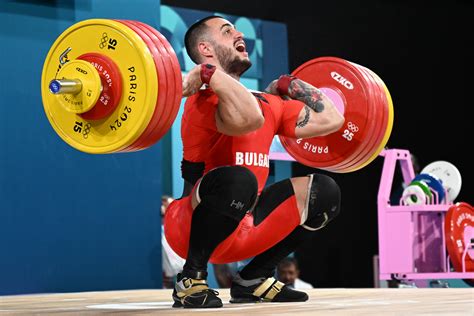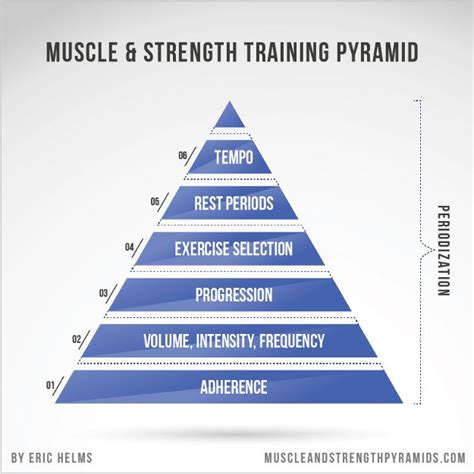How to break through a strength plateau for peak gym performance?

Understanding the Strength Plateau
Every dedicated lifter eventually encounters the frustrating wall known as a strength plateau. This is the point where your progress in lifting heavier weights, doing more reps, or improving your overall gym performance grinds to a halt. It’s a common experience, but it doesn’t mean your journey is over. Instead, it’s a signal that your body has adapted to your current routine, and it’s time to introduce new stimuli to encourage further growth and adaptation.
Breaking through a plateau requires a strategic approach, moving beyond simply “trying harder.” It involves a holistic review of your training, recovery, and nutrition to identify the weak links and implement targeted solutions.

Common Reasons You’ve Hit a Wall
Before you can overcome a plateau, it’s crucial to understand why it might be happening. Several factors often contribute to stagnant progress:
- Lack of Progressive Overload: The fundamental principle of strength training is to consistently challenge your muscles more over time. If you’re doing the same weights, reps, and sets week after week, your body has no reason to adapt and get stronger.
- Inadequate Recovery: Muscle growth and strength gains happen outside the gym. Insufficient sleep, chronic stress, or too little rest between intense sessions can severely hinder your body’s ability to repair and rebuild.
- Poor Nutrition: Your body needs fuel to perform and recover. A deficit in calories, protein, or micronutrients can impede strength gains and muscle repair.
- Overtraining/Under-recovering: While progressive overload is key, pushing too hard without adequate recovery can lead to diminishing returns, fatigue, and even injury.
- Stagnant Training Program: Your body adapts quickly. Performing the exact same exercises in the same order with the same intensity for too long can lead to adaptation and boredom.
- Improper Form: As weights get heavier, form can degrade, shifting tension away from target muscles and increasing injury risk, thereby limiting true strength potential.
Strategic Approaches to Shatter Your Plateau
Once you’ve identified potential causes, you can implement targeted strategies to restart your progress.
1. Revisit Progressive Overload Principles
This is the cornerstone. If you’re stuck, chances are you’re not applying progressive overload effectively. Here’s how to re-engage it:
- Increase Volume: Add more sets or reps to your working weight.
- Increase Intensity: Lift slightly heavier weights, even if it means fewer reps. Consider micro-loading (adding very small increments, like 0.5-1.25 kg/1-2.5 lbs).
- Increase Frequency: Train a muscle group more often per week, allowing for more exposure to stimulus.
- Decrease Rest Times: If appropriate for your goal, reducing rest between sets can increase intensity.
- Improve Form & Tempo: Sometimes, slowing down the eccentric (lowering) phase or focusing on stricter form can make a lighter weight feel much harder and stimulate new growth.

2. Vary Your Training Variables
Shock your system by changing things up:
- Exercise Selection: Swap out your usual barbell bench press for dumbbell press, or squats for leg press for a few weeks. Introduce accessory movements that target weak points.
- Rep Ranges: If you always train in the 8-12 rep range, try a cycle of lower reps (3-6) for strength, or higher reps (15-20) for hypertrophy and endurance.
- Training Splits: Change from a body part split to an upper/lower split, or full-body workouts.
- Advanced Techniques: Incorporate drop sets, supersets, pyramid sets, or cluster sets sparingly to provide an intense new stimulus.

3. Optimize Your Recovery
This is often the most overlooked component. Your muscles grow when you rest, not when you train.
- Prioritize Sleep: Aim for 7-9 hours of quality sleep per night. This is non-negotiable for recovery and hormone optimization.
- Active Recovery: Light cardio, stretching, foam rolling, or yoga on rest days can improve blood flow and reduce muscle soreness.
- Manage Stress: Chronic stress elevates cortisol, which can hinder recovery and muscle growth. Find ways to relax and de-stress.
- Consider a Deload Week: Every 8-12 weeks, reduce your training volume and intensity by 40-60% for a week. This allows your body to fully recover, repair, and come back stronger.
4. Fine-Tune Nutrition and Hydration
Fueling your body properly is paramount for strength gains.
- Adequate Caloric Intake: Ensure you’re eating enough calories to support your activity level and muscle repair. If you’re in a significant deficit, gaining strength will be very difficult.
- Protein Intake: Aim for 1.6-2.2 grams of protein per kilogram of body weight to support muscle synthesis.
- Carbohydrates & Fats: Don’t neglect these macros. Carbs fuel your workouts, and healthy fats are crucial for hormone production.
- Hydration: Drink plenty of water throughout the day. Dehydration significantly impairs performance.

The Mental Game
Breaking a plateau isn’t just physical; it’s mental. Stay patient and persistent. Track your progress meticulously (weights, reps, sets, even how you felt). Celebrate small victories and remember that plateaus are a natural part of the strength journey, offering an opportunity to learn and grow smarter, not just harder.

Conclusion
A strength plateau is not a dead end, but a crossroads. By systematically analyzing your training, recovery, and nutrition, and then implementing strategic changes, you can not only break through it but also emerge stronger and more knowledgeable. Embrace the challenge, be consistent, and watch your gym performance reach new heights.







